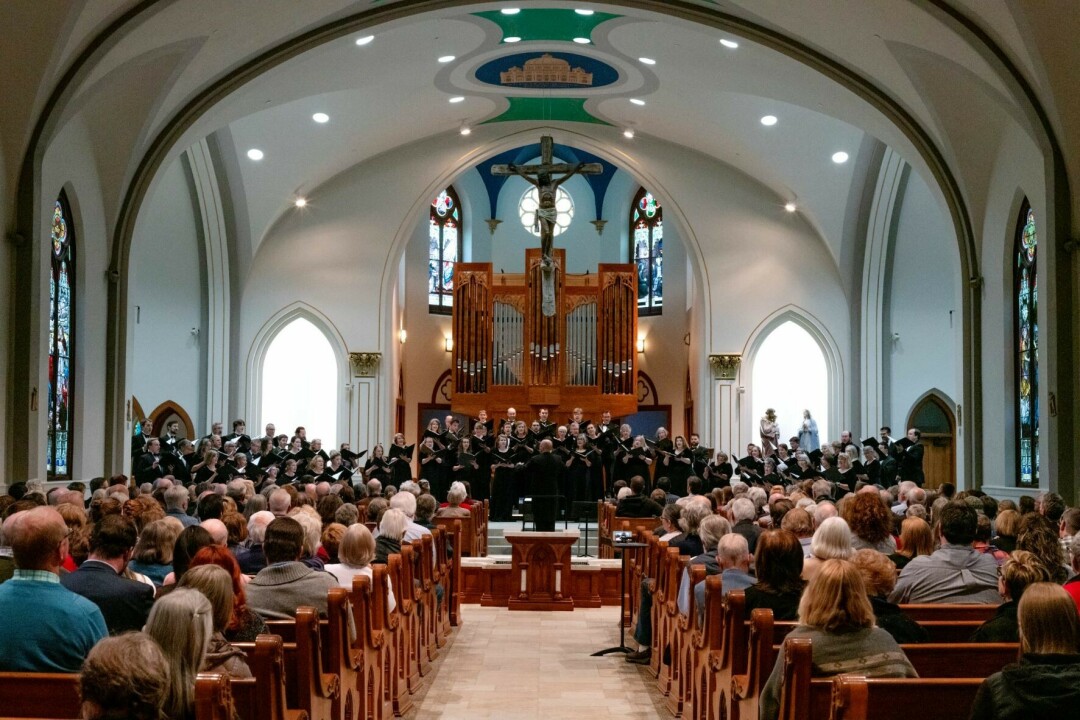5 Reasons Why You Need An Automated Table
The automated table solves one of the biggest problems of our time – the prevention of spinal diseases. Height-adjustable tables allow you to periodically change the position of the body, which has a very beneficial effect on your health. Doctors recommend using a height-adjustable table every 20-30 minutes. What do you know about the advantages of automated desks?
Many industries benefit from an automated desk. It guarantees flawless work and a smooth transition from sitting to standing. Its desk top can hold as much equipment as you require. It appears to be a dream workstation, doesn't it?
Is It Worth Getting An Automated Table?
Of course, it is! A constant change of body position from the sitting position not only strengthens the muscles of the back but also increases labor productivity. So, we will show you five main reasons to buy them.
1. High Quality And Increased Requirements For Durability
Manufacturers are concerned about your health and take great care in producing automatically adjustable tables, which often have quality certificates and go through several stages of testing to ensure your safety and service for many years. All models are designed to withstand high levels of stress thanks to a high-strength steel frame and reliable additional fixing.
The desktop of the table is usually covered with special resistance to thermal effects.
2. Takes Care Of Your Health
Regular change of position and minimal physical activity stimulates your brain activity and improves your emotional state. All due to the normalization of blood circulation, the saturation of joints and tissues with active substances, as well as a decrease in the load on the spine.
Long-term work in an upright position helps to burn extra calories and prevents excess weight gain. By staying in motion and constantly changing body position, you not only increase your efficiency by 46% (according to the University of Texas), but also reduce the risk of cardiovascular disease. But, as with everything, the main thing is to maintain a healthy balance. Use the ideal two-to-one formula (sitting, standing, respectively).
3. Easy To Use
It is very simple to adjust the table’s height from one position to another with one touch. You can make it suitable for any height of the user. The height adjustment range is usually from 700 to 1200 mm
The adjustment is done using the up/down buttons on the display or special remote control. Some models have a built-in memory system that is very easy to use and allows you to select and fix several positions. The movement is practically silent. Often, the sound level corresponds to 45 dB, its speed is about 30 mm/s.
4. Laconic Design
The design of the table is made in a minimalist style. The tabletop of the product and its frames can be painted in different colors, which allows using this table in almost any interior.
5. Compactness And Convenience Are One Of The Main Distinguishing Features Of Each Model
Small table parameters will not hide the space but will allow you to work comfortably by placing a laptop, documents and even a cup of coffee on the tabletop. And so that the wires from the equipment do not get confused at hand, they can often be hidden thanks to the built-in plug.
Automated Desk Types
All height adjustable tables can be divided into three main groups:
Best Automated Table 2021
Here is a list of the best automated desk manufacturers to consider when buying a workstation:
Do you see how powerful and effective automated desks are? Upgrade your workspace with an automated table and change your life for the better!
Author:
Hayley Mann is a technology enthusiast specializing in automation methods of ergonomics devices. Her engineering background helps her to create interesting articles on technical topics, making them understandable for all readers.





News Comments
Thank you
Open Auditions for Annie
Monday, Sep. 16, 2024
I’m at the Bozeman airport where your painting, “Blowing East” is displayed. It’s absolutely gorgeous! Bravo, Marci!!
The Artists’ Gallery in Bozeman’s Emerson Cultural Center May Exhibits
Sunday, Jun. 30, 2024
This is so typical of a sign in, which we should not have to do to check if we or some one in our party got a permit. I have been working or "creating an account" for 30 minutes and just get the same ...
Smith River permit drawing results available
Sunday, Mar. 10, 2024
I have struggled with this podcast and my own participation therein, the event itself obviously traumatic, but beyond that my inability to reach anyone and convey anything resembling truth. The person ...
Billings, MT Case Becomes True Crime Podcast | 'An Absurd Result'
Marktokarski
Saturday, Jan. 20, 2024